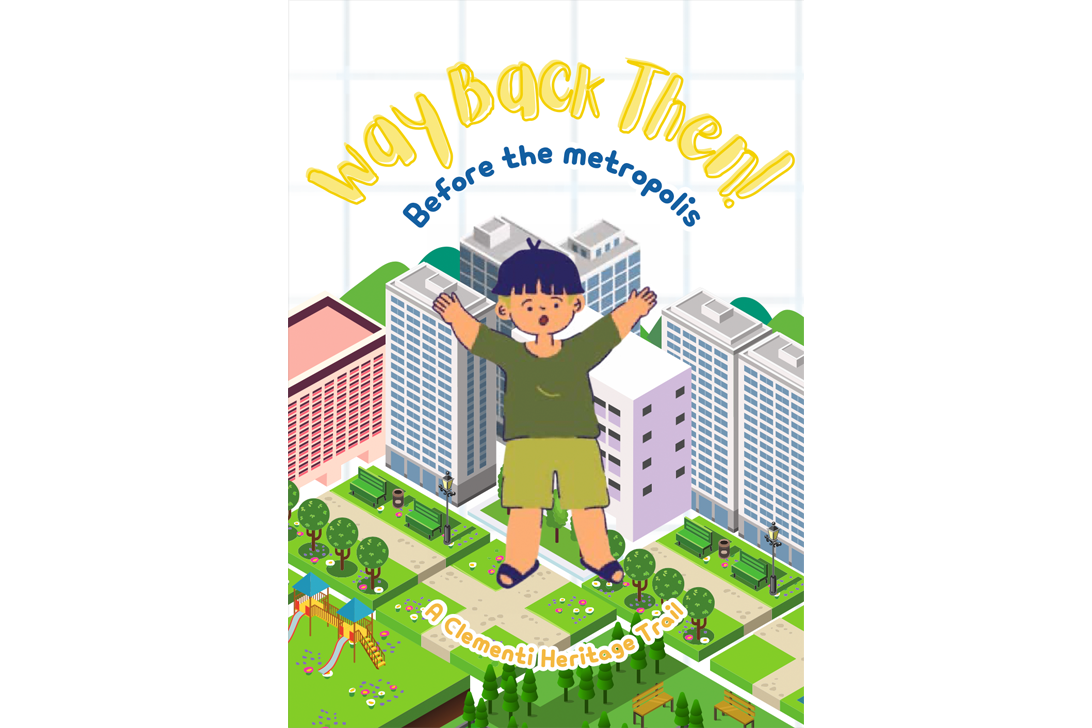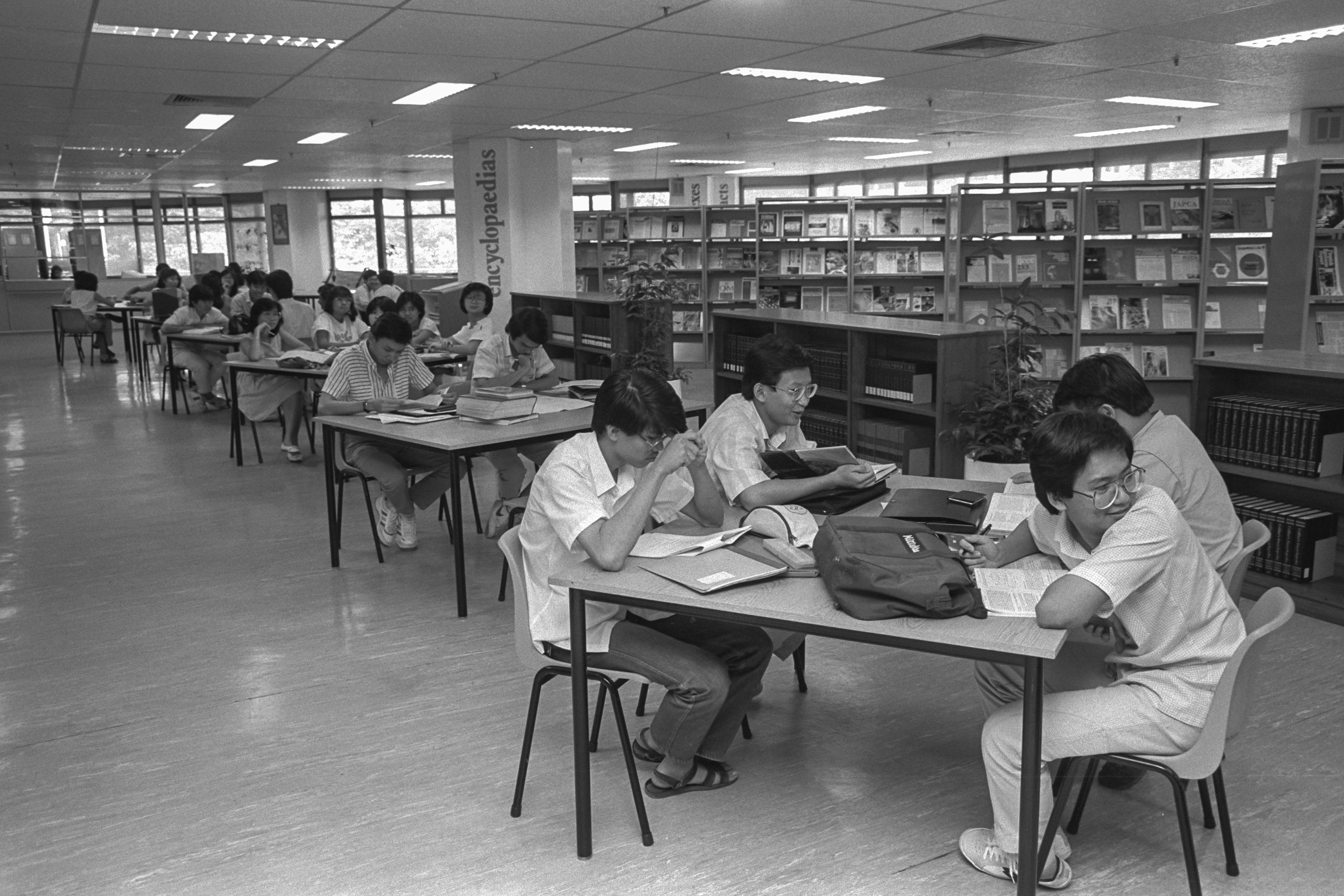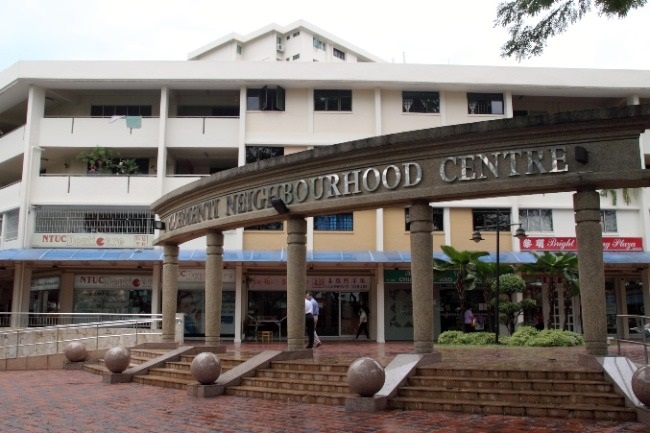Historical Figures
Learn about the people who shaped Punggol’s history—seafarers, village leaders, entrepreneurs, and visionaries who left their mark on Punggol:
-
Punggol was one of the places where the Orang Seletar, a seafaring community, set up temporary villages, or bente, along the Singapore side of the Tebrau Strait. Along with other locations like Jurong, Kranji, Choa Chu Kang, and Pulau Ubin, Punggol served as a stopover for the Orang Seletar as they traveled the coastline, foraging for food and gathering materials.
-
Wak Sumang, originally from the Riau Islands, founded Kampung Wak Sumang, also known as Kampung Punggol, at Tanjong Punggol (or Punggol Point), one of Singapore’s earliest fishing villages. The village became a key settlement for many Malay families, including the descendants of Wak Sumang, who lived there until the 1980s. According to Awang Osman, the great-grandson of Wak Sumang, the village existed even before the founding of Singapore by Sir Stamford Raffles in 1819. Heritage activist and local history researcher Sarafian Salleh states that the village was founded at least 300 years ago. However, other viewpoints indicate that the village was established in the 1850s or 1860s, as suggested in the literary work Tok Sumang by Muhammad Ariff Ahmad. An 1852 map of Singapore, based on surveys from the 1840s, shows a Malay community around Punggol Point dating back to that time. Wak Sumang’s legacy endures, with Sumang Walk, Sumang Lane, Sumang Link, Sumang Crescent, and the Sumang LRT station named in his honour.
-
The origins of the naming of Punggol are intertwined with local lore. Although it is unlikely Wak Sumang alone named Punggol, stories about his encounters with punggur are still told. The Malay word punggur means dead wood, from pokok (tree) and gugur (to fall). Some versions say a fallen tree trunk was in Punggol before Wak Sumang arrived, while others claim a broken tree branch landed on his house. Another story suggests he saw a punggur floating in Punggol River, inspiring him to name both the village and river after it.
-
Awang Osman served as the headman of Kampung Wak Sumang from 1932 until its demolition in 1985. His recollections of the kampung’s history were captured in oral history interviews with the National Archives of Singapore, recorded in the 1980s.
-
William Lawrence Soma Basapa established Punggol Zoo in 1928 at 10 Mile Punggol Road to house his expanding private animal collection. The zoo became a popular attraction for locals and tourists, featuring animals like Malayan tigers, Australian cassowaries, and African lions. However, as the Japanese invasion of Singapore approached in early 1942, British authorities ordered the destruction of dangerous animals and the release of the harmless ones into the wild.
-
The Cashins, a prominent Singapore Eurasian family of Irish descent who built their wealth through plantations, built Matilda House in 1902. They occupied the seaside home for four generations until the late 1980s. After being abandoned for several decades, the bungalow was conserved by the Urban Redevelopment Authority in 2000 and later repurposed as a clubhouse for Treasure Trove condominium residents in 2015.
-
Aw Boon Haw and Aw Boon Par, the famous brothers behind the Tiger Balm brand, once owned Coney Island in the 1930s and 1940s. Known then as Haw Par Island, it housed a 600-square-metre bungalow on the island, which still stands today as the Haw Par Beach Villa.
Significant Events
Discover some notable moments in Singapore’s history that happened in Punggol:
-
Punggol Beach was one of the sites for executions during the Sook Ching operation, a two-week mass screening operation carried out by the Japanese military in February 1942 after the fall of Singapore. The operation targeted the Chinese community, aiming to eliminate those suspected of anti-Japanese sentiments. The poem “I Found a Bone” by Teo Kah Leng poignantly references Punggol Beach, where his brother, Teo Poh Leng, is believed to have been executed during the Sook Ching massacre.
-
In December 1974, the government allocated 620 acres of land in Punggol for intensive commercial pig farming, relocating farms from across the island to reduce pollution risks to Singapore’s water catchment areas. Pig farming was a significant source of pollution due to high waste concentrations.
-
By 1977, the pig farms in Punggol exceeded expectations in production, but concerns over pollution, high land and water usage led to a change in policy. In 1984, Goh Keng Swee, then head of the Primary Production Department, proposed importing live pigs and frozen pork to reduce the environmental impact. Consequently, pig farming in Punggol gradually phased out, with the last 22 farms ceasing operations by November 1989.
-
In 1983, the government began the reclamation of 277 hectares of land off Punggol, with the first phase completed over three years. The reclamation required 14.4 million cubic metres of soil, sourced from Tampines, Pulau Ubin's granite quarry, and dredged from the seabed off Punggol. Initially intended for industry, pig farming, and housing, the land was later developed for Housing and Development Board flats. In 1984, the reclamation plan for the northeastern coast was approved, involving 685 hectares of land from Pasir Ris to Punggol, completed in four phases. Phases 1 to 3 were finished by 1990, while Phase 4, near Coney Island, was deferred. Reclamation work resumed in 1996, creating a river passage between Punggol and Coney Island. This expanded Punggol's shoreline, connecting it to nearby areas like Sengkang and Seletar.
-
Punggol 21 was introduced in 1996 by then Prime Minister Goh Chok Tong, with the aim of transforming Punggol into a modern, vibrant 21st century town. Construction started in 1998 but was delayed due to the 1997 Asian financial crisis and a construction slump in 2003. These setbacks slowed progress, leaving the development on hold for several years.
-
In 2007, then Prime Minister Lee Hsien Loong unveiled Punggol 21 Plus, a revitalised version of the original plan. Key features included the creation of the 4.2-kilometre Punggol Waterway, damming of the Serangoon and Punggol rivers to form reservoirs, and addition of a new waterway connecting the two rivers. The plan also included resort-style housing, a town centre, parks, water sports, and al fresco dining area.
-
Construction of the Punggol Waterway began in 2009, and it was officially opened in 2011.
Children playing in front of house at Kampung Wak Sumang (also known as Kampung Punggol). 1985. Courtesy of National Archives of Singapore. View this image here.
About National Library Board
The National Library Board (NLB) nurtures Readers for Life, Learning Communities and a Knowledgeable Nation by promoting reading, learning and history through its network of 28 libraries, the National Library and the National Archives of Singapore. NLB also forges strategic partnerships that encourage awareness, appreciation and greater discovery of Singapore’s history through its rich collections on Singapore and the region.





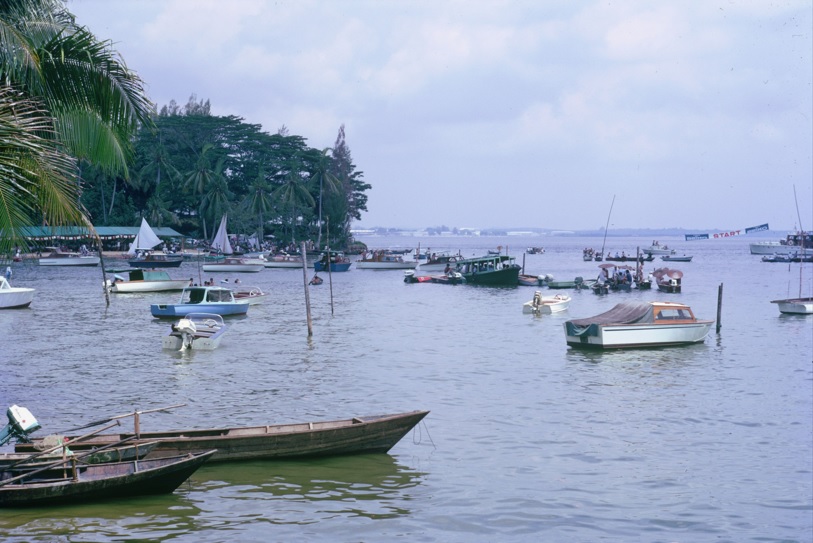
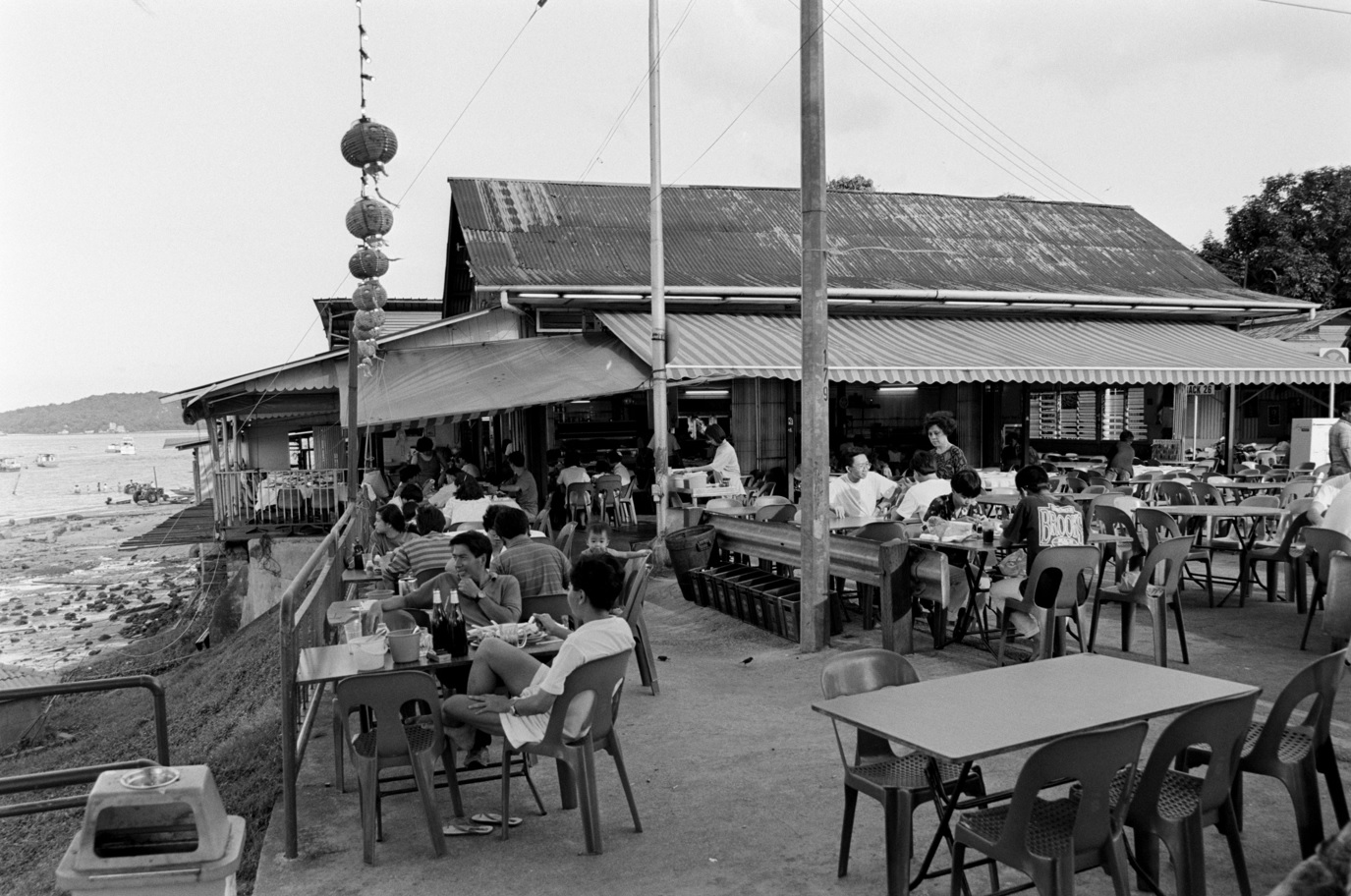
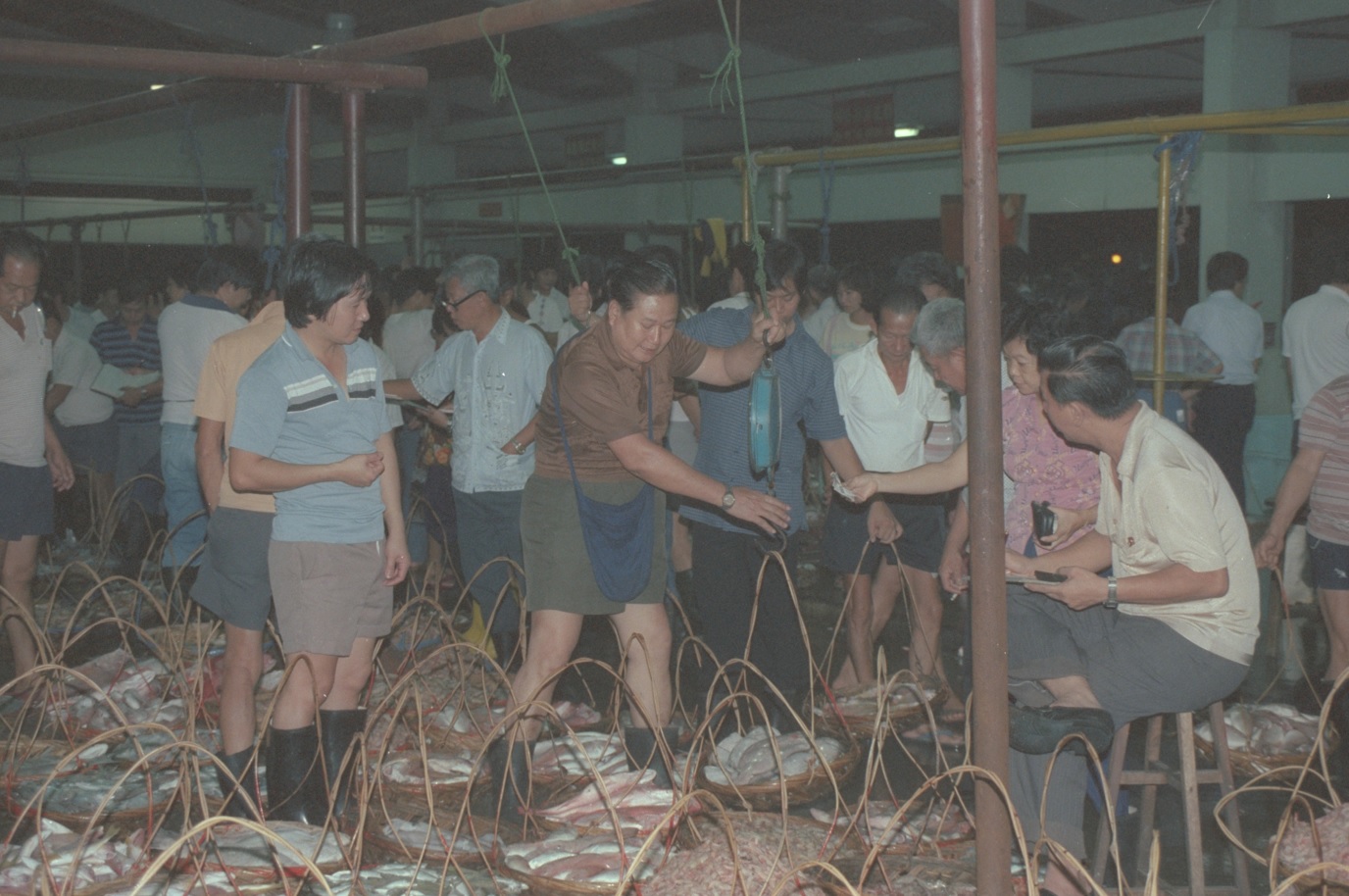
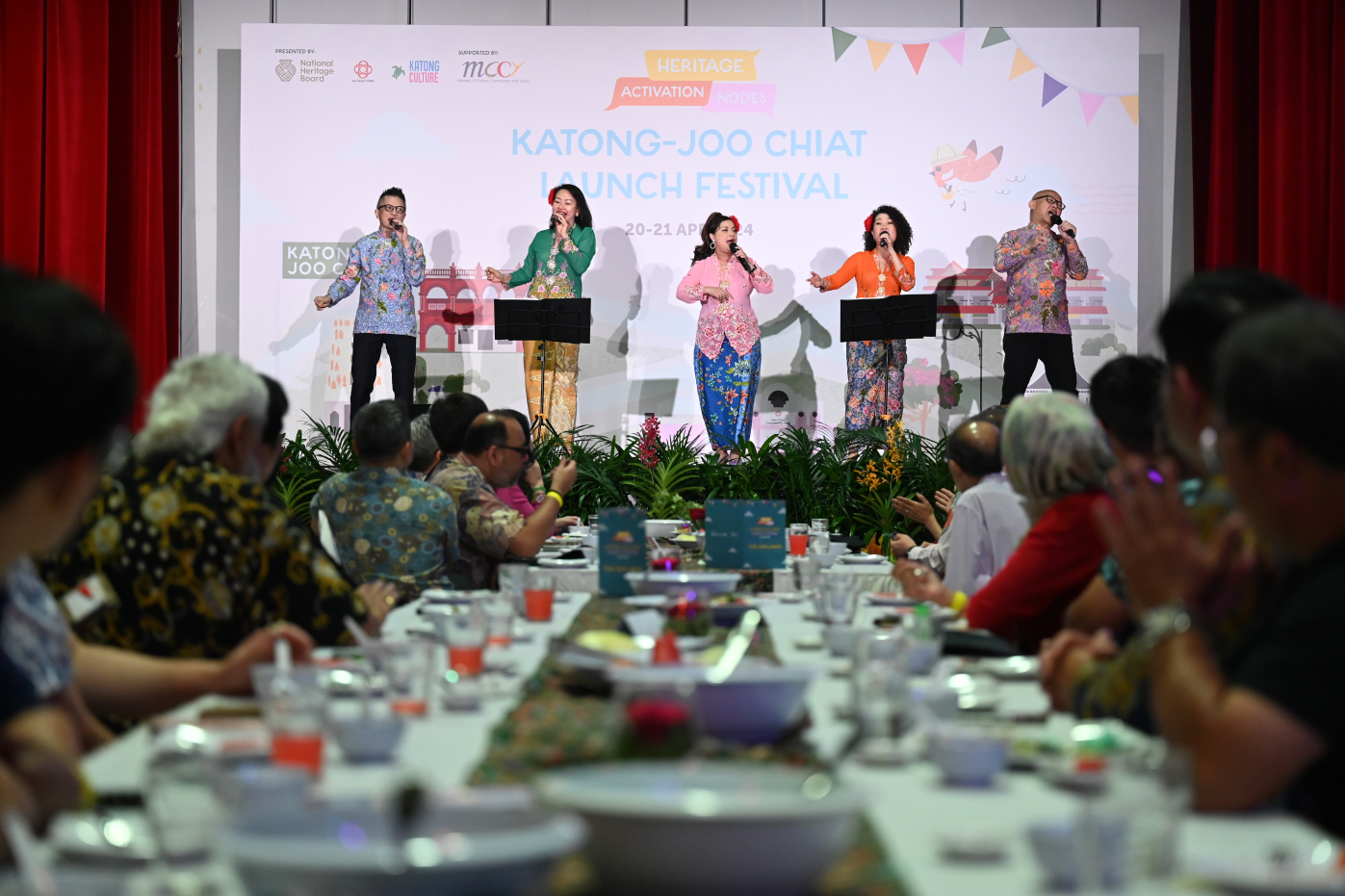





.ashx)
